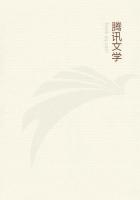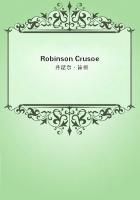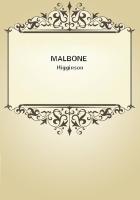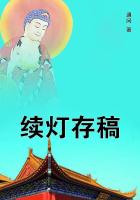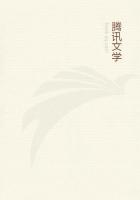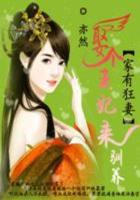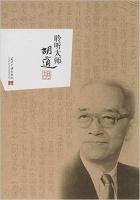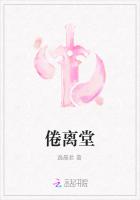The eloquence of counsel, the debates of Parliament, instead of being read the next day only,--But we shall lose ourselves in the pursuit of this curious subject.'
Besides transmitting sounds to a distance, Wheatstone devised a simple instrument for augmenting feeble sounds, to which he gave the name of 'Microphone.' It consisted of two slender rods, which conveyed the mechanical vibrations to both ears, and is quite different from the electrical microphone of Professor Hughes.
In 1823, his uncle, the musical instrument maker, died, and Wheatstone, with his elder brother, William, took over the business. Charles had no great liking for the commercial part, but his ingenuity found a vent in making improvements on the existing instruments, and in devising philosophical toys. At the end of six years he retired from the undertaking.
In 1827, Wheatstone introduced his 'kaleidoscope,' a device for rendering the vibrations of a sounding body apparent to the eye. It consists of a metal rod, carrying at its end a silvered bead, which reflects a 'spot' of light. As the rod vibrates the spot is seen to describe complicated figures in the air, like a spark whirled about in the darkness. His photometer was probably suggested by this appliance.
It enables two lights to be compared by the relative brightness of their reflections in a silvered bead, which describes a narrow ellipse, so as to draw the spots into parallel lines.
In 1828, Wheatstone improved the German wind instrument, called the MUNDHARMONICA, till it became the popular concertina, patented on June 19, 1829 The portable harmonium is another of his inventions, which gained a prize medal at the Great Exhibition of 1851. He also improved the speaking machine of De Kempelen, and endorsed the opinion of Sir David Brewster, that before the end of this century a singing and talking apparatus would be among the conquests of science.
In 1834, Wheatstone, who had won a name for himself, was appointed to the Chair of Experimental Physics in King's College, London, But his first course of lectures on Sound were a complete failure, owing to an invincible repugnance to public speaking, and a distrust of his powers in that direction. In the rostrum he was tongue-tied and incapable, sometimes turning his back on the audience and mumbling to the diagrams on the wall. In the laboratory he felt himself at home, and ever after confined his duties mostly to demonstration.
He achieved renown by a great experiment--the measurement of the velocity of electricity in a wire. His method was beautiful and ingenious. He cut the wire at the middle, to form a gap which a spark might leap across, and connected its ends to the poles of a Leyden jar filled with electricity. Three sparks were thus produced, one at either end of the wire, and another at the middle. He mounted a tiny mirror on the works of a watch, so that it revolved at a high velocity, and observed the reflections of his three sparks in it. The points of the wire were so arranged that if the sparks were instantaneous, their reflections would appear in one straight line; but the middle one was seen to lag behind the others, because it was an instant later. The electricity had taken a certain time to travel from the ends of the wire to the middle. This time was found by measuring the amount of lag, and comparing it with the known velocity of the mirror. Having got the time, he had only to compare that with the length of half the wire, and he found that the velocity of electricity was 288,000 miles a second.
Till then, many people had considered the electric discharge to be instantaneous; but it was afterwards found that its velocity depended on the nature of the conductor, its resistance, and its electro-static capacity. Faraday showed, for example, that its velocity in a submarine wire, coated with insulator and surrounded with water, is only 144,000miles a second, or still less. Wheatstone's device of the revolving mirror was afterwards employed by Foucault and Fizeau to measure the velocity of light.
In 1835, at the Dublin meeting of the British Association, Wheatstone showed that when metals were volatilised in the electric spark, their light, examined through a prism, revealed certain rays which were characteristic of them. Thus the kind of metals which formed the sparking points could be determined by analysing the light of the spark.
This suggestion has been of great service in spectrum analysis, and as applied by Bunsen, Kirchoff, and others, has led to the discovery of several new elements, such as rubidium and thallium, as well as increasing our knowledge of the heavenly bodies. Two years later, he called attention to the value of thermo-electricity as a mode of generating a current by means of heat, and since then a variety of thermo-piles have been invented, some of which have proved of considerable advantage.
Wheatstone abandoned his idea of transmitting intelligence by the mechanical vibration of rods, and took up the electric telegraph. In 1835 he lectured on the system of Baron Schilling, and declared that the means were already known by which an electric telegraph could be made of great service to the world. He made experiments with a plan of his own, and not only proposed to lay an experimental line across the Thames, but to establish it on the London and Birmingham Railway. Before these plans were carried out, however, he received a visit from Mr. Fothergill Cooke at his house in Conduit Street on February 27, 1837, which had an important influence on his future.

